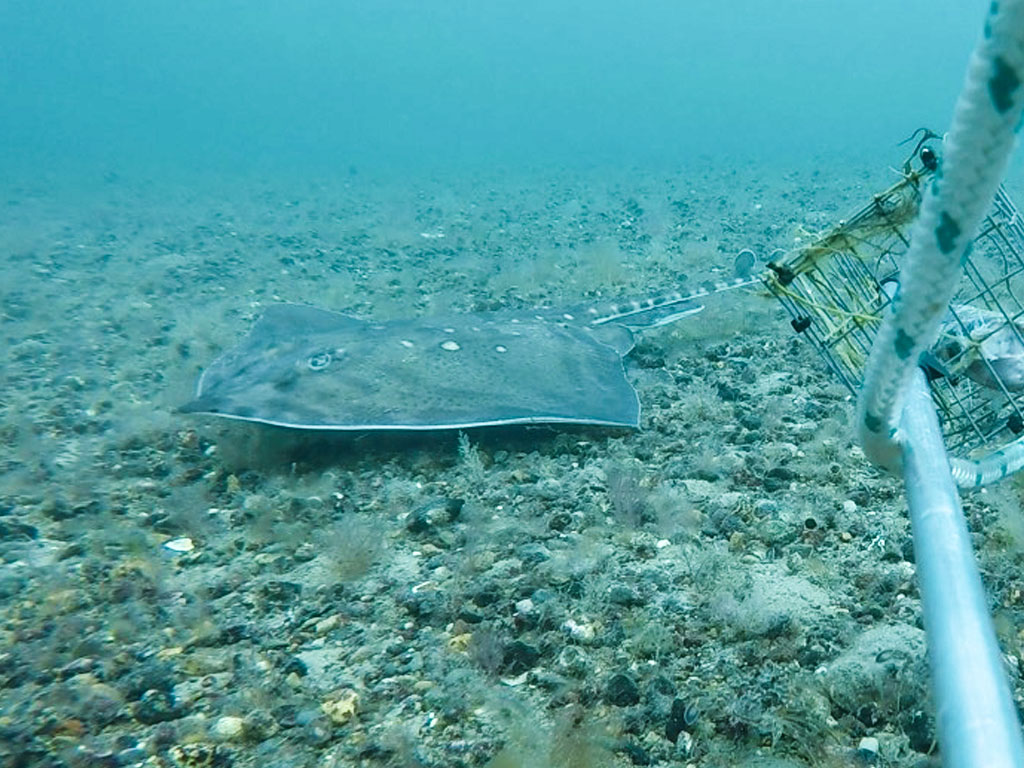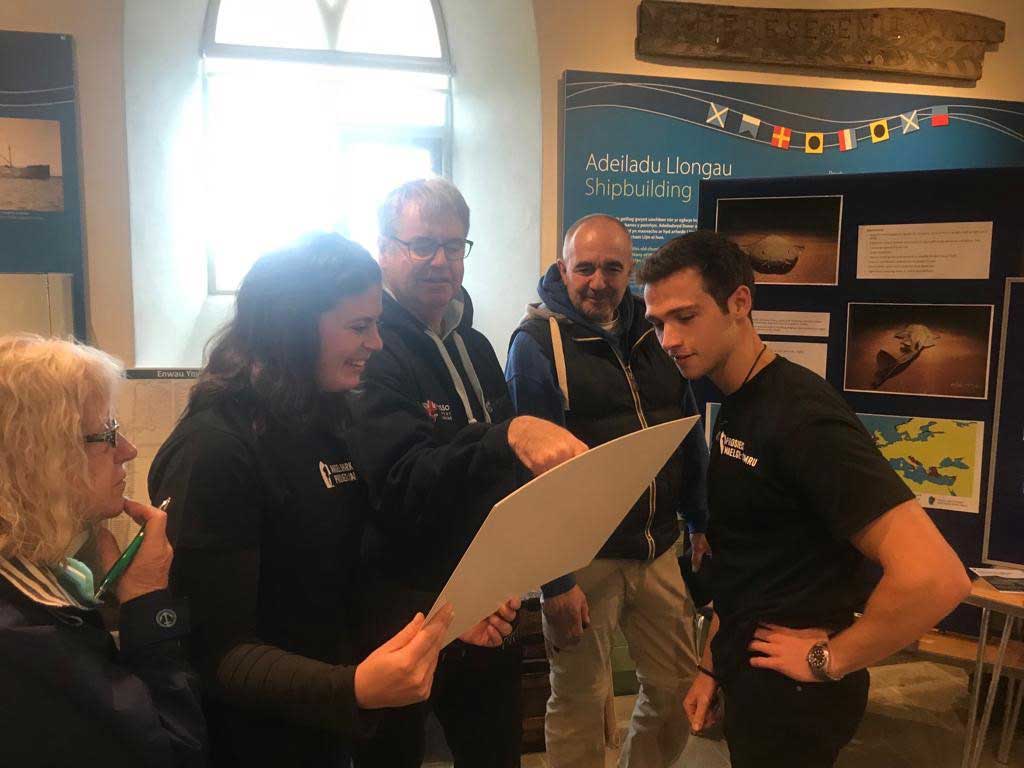Recreational and commercial fishers in Wales have detailed knowledge of their seas, which cannot be learnt in the same way by scientists or NGOs. Developing good relationships and appropriate tools enables fishers to share accurate data on species they encounter. Working together we can better understand and improve elasmobranch conservation to safeguard the future of the species and sustainable fishing in Wales.
Project SIARC works closely with fishers from all sectors across Wales, building on learnings and relationships developed through Angel Shark Project: Wales. Fishers in Wales are stewards of elasmobranch conservation, providing vital data on current and historic encounters and collaborating on fisher-integrated research.
How are we working with fishers?
We are meeting with recreational, commercial and charter boat fishers across Wales to share information on elasmobranchs, fishing practices and Project SIARC outputs.
This is completed in close collaboration with Angling Cymru Sea Anglers and the Welsh Fishermen’s Association. All fishers involved in the project are regularly kept up to date on Project SIARC or ASP: W activities and outputs.
Integrated research with fishers is integral to Project SIARC, some fishers will be involved in elasmobranch data collection through Baited Remote Underwater Video (BRUVs) surveys, mucus sampling or a satellite tagging survey.
Project SIARC will demonstrate how fisher knowledge can help build the evidence base and enable a more informed decision making contribution to the conservation of elasmobranchs in Wales.



